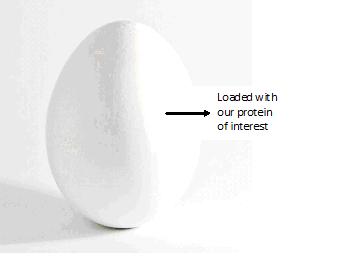Team:Imperial College London/M3
From 2009.igem.org

 Module 3 Overview
Module 3 Overview
Module 3 is the final module of the system. It programs the E.ncapsulator to produce restriction enzymes and destroy all its genetic material after encapsulation has finished. There is an extra safeguard here as the E.ncapsulator is programmed to be killed at around body temperature. This prevents any possible pathogenic effects, and also allays health concerns of eating genetically modified organisms.

About the ethical implications of live organisms.


Restriction Enzymes
Restriction enzymes DpnII and TaqI specifically target and cut short 4 base DNA sequences. With a high frequency of cutting, the genetic material contained within the cell will all be destroyed, including any inserted DNA.
A distinct advantage of using restriction enzymes for our 'killing' mechanism is that the cell membrane is left intact afterwards, and the protein of interest will still be protected by the encapsulated cell. This renders the bacterium no more than an inanimate shell containing our protein drug of choice.
Dam methylation
To protect against DNA destruction due to basal levels of restriction enzyme production, we have made use of the native E. coli Dam methylase protection system. This methylates DNA. Therefore, only high levels of restriction enzyme (ie. after thermal triggering) will cleave the DNA.

about the Dam methylation Defense Mechanism
 "
"






